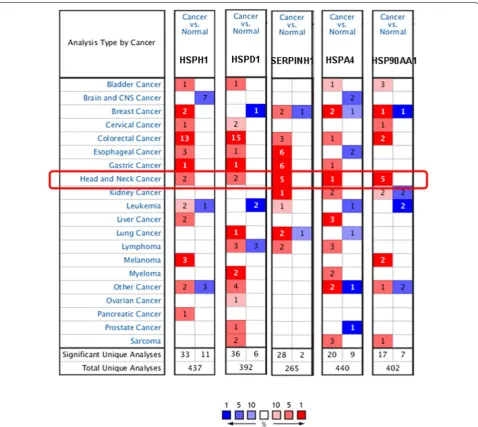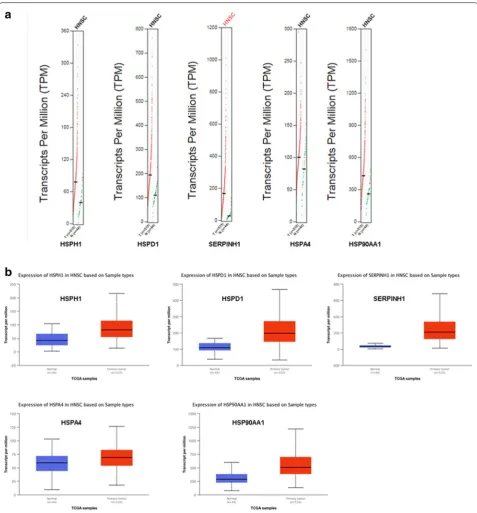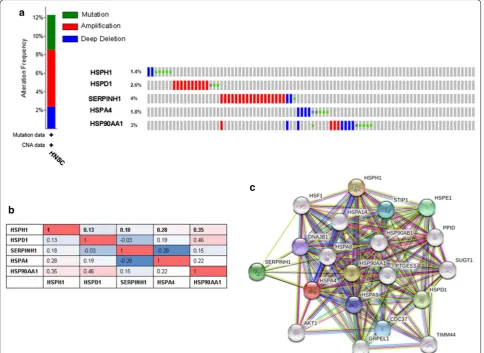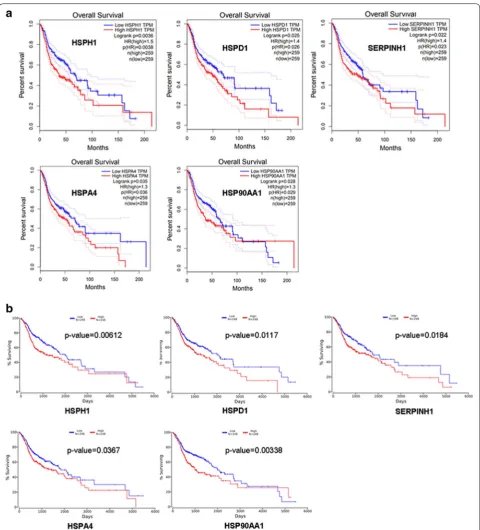The expression profiles and prognostic values of HSPs family members in Head and neck cancer
Full text
Figure




Related documents
(B,C) Using Markov chain Monte Carlo to fit a Beta-Binomial model to the clonal cluster on our data we demonstrate that the dispersion ρ<0.005 (10 times lower than what proposed
Keywords: universally inductive poset; partially ordered topological space; fixed point; generalized Nash equilibrium; strategic game with partially ordered preferences..
To deal with the exposure bias problem, we try to maxi- mize the agreement between translations from L2R and R2L NMT models, and divide the NMT training objective into two parts:
We observe that as friction coefficient increases the value of effective stress increases with increasing value of Hardening Exponent.. And a close study is done by plotting graph
These topoi correspond with the argument schemes in Kienpointner’s system, and saying that topoi in the weak sense are important for legal discourse is the same as saying that legal
I N the summer of 1909 I found myself for the third time in Casterbridge. In 1906 I had first visited it and had ex- plored the ancient town itself, and Pummery Camp and Maiden
We will now review a parallel set of scientific errors on the part of 20th Century evolutionary biologists in which they assumed that they could explain the pro- tean phenomenon of



